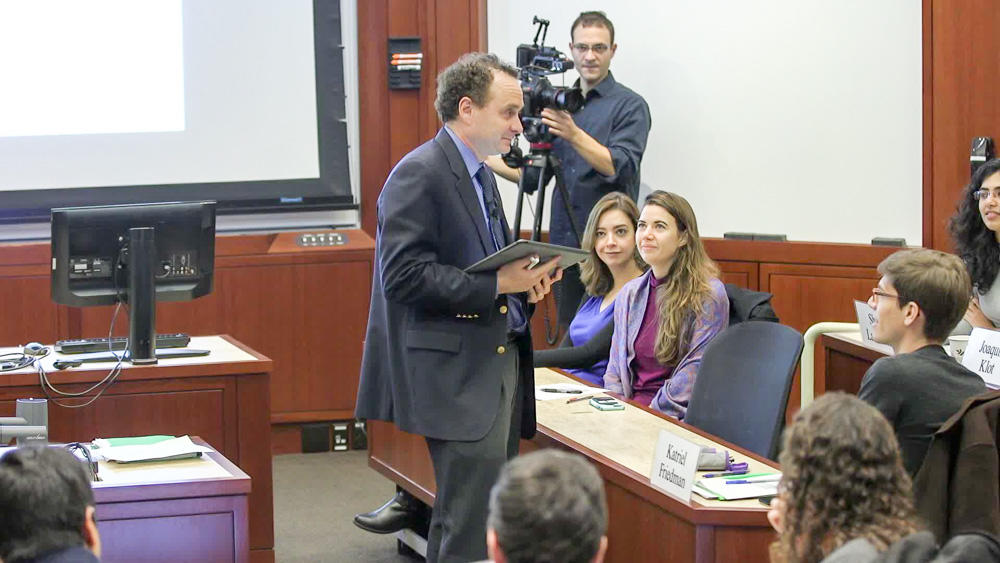While many classrooms set norms and expectations at the start of the semester, grounding this exercise in relevant research can foster more intentional learning communities while building connections between course content and classroom culture. Norm-setting with your students can also be a great opportunity to work collaboratively with them make decisions about your class structures and your teaching. In this video, Tina Grotzer explains her practice of setting discussion norms by using research in the first days of class.
Using Research to Set Discussion Norms
Instructor
Tina Grotzer, Principal Research Scientist in Education
Student Group
Graduate
School
Harvard Graduate School of Education
Course
Applying Cognitive Science to Teaching and Learning
Group Size
35 students
- Reflect on the degree to which you are comfortable letting students lead a conversation about discussion norms. Consider ways to center their input, whether or not you ultimately leave the final decision-making with students.
- The first days of class are an opportune time to develop discussion norms. However, you may want to wait until your class roster is more or less confirmed so that all students in the course can participate.
- There is a lot of research on setting discussion norms and many relevant resources exist. As a result, it should be possible to find a way that feels most authentic for you.
- According to Tanner, establishing group discussion norms can help encourage more students to participate in class and generate an equitable classroom (2013).
- Research suggests that student “buy-in” is important to get the most out of discussions and other active learning strategies (Cavanagh et al., 2016).
- Collective classroom agreements can give students a sense of ownership over the classroom environment (Ambrose et al., 2023).
- Corbett and Wilson argue that literature promoting educational reform should consider students as partners and educators should think of students as “participants,” suggesting student ownership of the classroom can advance educational reform (1995).
- Columbia’s Guide for Inclusive Teaching provides helpful tips for building an inclusive classroom and setting explicit expectations for the classroom community.
- In this classic article, McCormick and Kahn describe why a discussion organized around “Barn-Raising” will yield a highly productive discussion.




